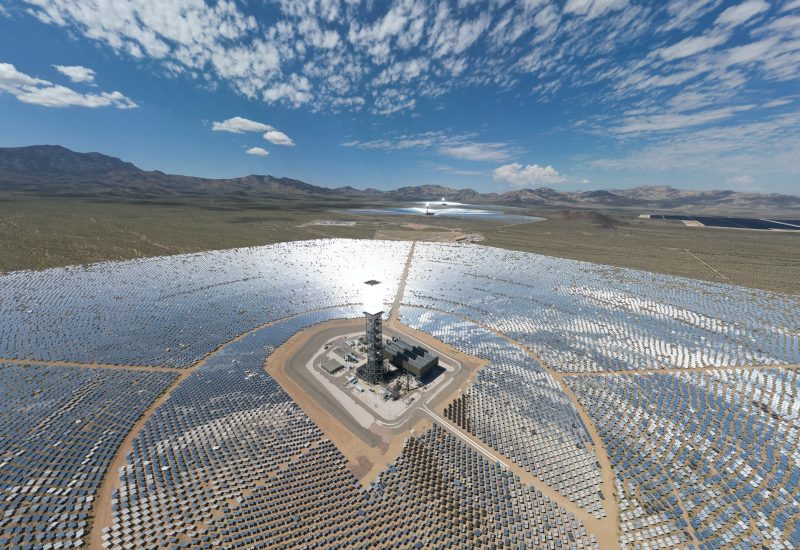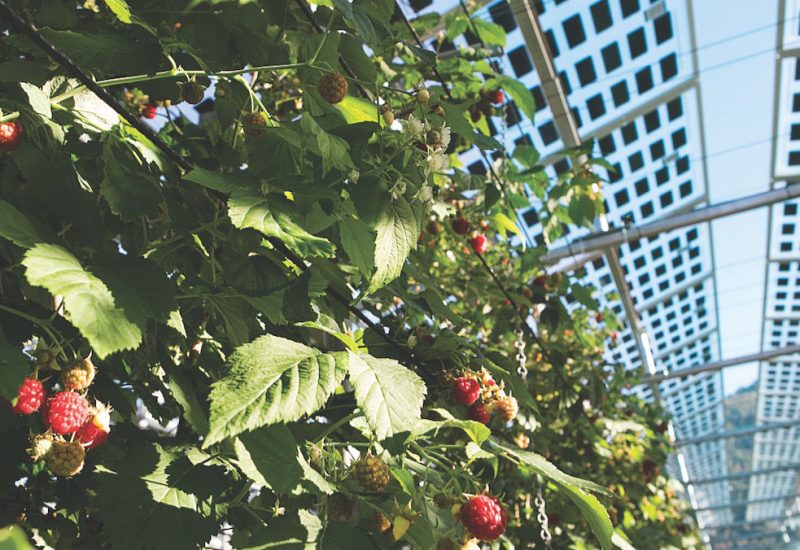There is now a way to generate enough power from a single drop of rain to light up 100 small LED bulbs.

Scientists generate plenty of power from falling raindrops
Mention renewables and most people will instantly think of hydropower, solar and wind energy. Yet it isn’t just sunshine, wind and vast amounts of water that can be harnessed for electricity generation. So can natural phenomena like water evaporation. Or raindrops, for that matter.
Scientists at City University of Hong Kong have come up with a way to harness the kinetic energy of falling droplets. Thanks to a special device they can generate enough power from a single drop of rain to light up 100 small LED bulbs, according to a new study published in the journal Nature.
“Our research shows that a drop of 100 microlitres of water released from a height of 15 centimetres [5.9 inches] can generate a voltage of over 140V, and the power generated can light up 100 small LED lights,” explains biomedical engineer Wang Zuankai, who led the research.

Droplets of rain can be harnessed to generate energy because of the triboelectric effect, a form of contact electrification whereby certain materials become electrically charged after coming into contact with a different material.
However, the amount of energy that was previously obtained this way was quite low. To improve conversion efficiency, the university’s team of researchers has created a specially designed droplet-based electricity generator (DEG), which has a polytetrafluoroethylene (PTFE) film attached to it so it can maintain a surface charge while being bombarded by water droplets, as happens in rain.
When water droplets hit the surface they act as a “bridge” that connects two electrodes, one made of aluminum and another made of indium tin oxide (ITO) electrode, which is mounted on a glass base. Thanks to their device a high density of surface charge can be accumulated from falling raindrops whereupon the stored charges can be released to generate electric current in a highly efficient way.
Although the device is still in its early stages, one day it could be installed on different surfaces where liquid comes frequently in contact with a solid. “This can range from the hull surface of a ferry to the surface of umbrellas or even inside water bottles,” the scientists explain.








